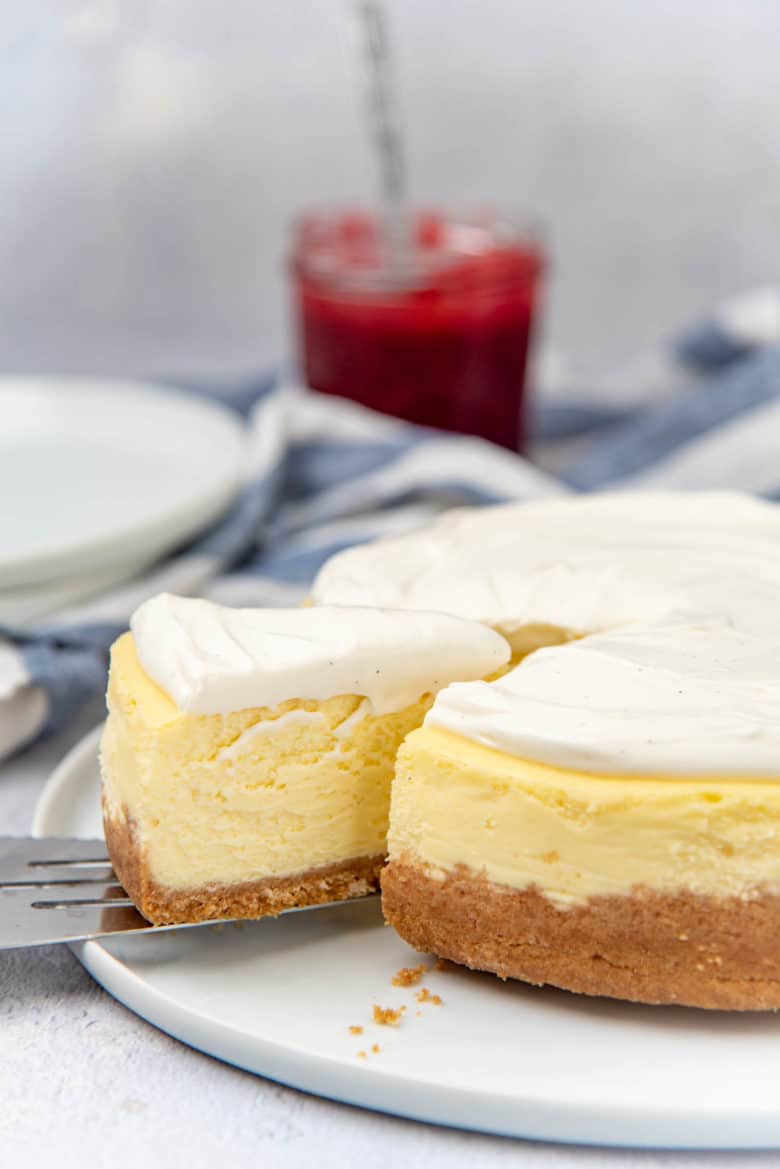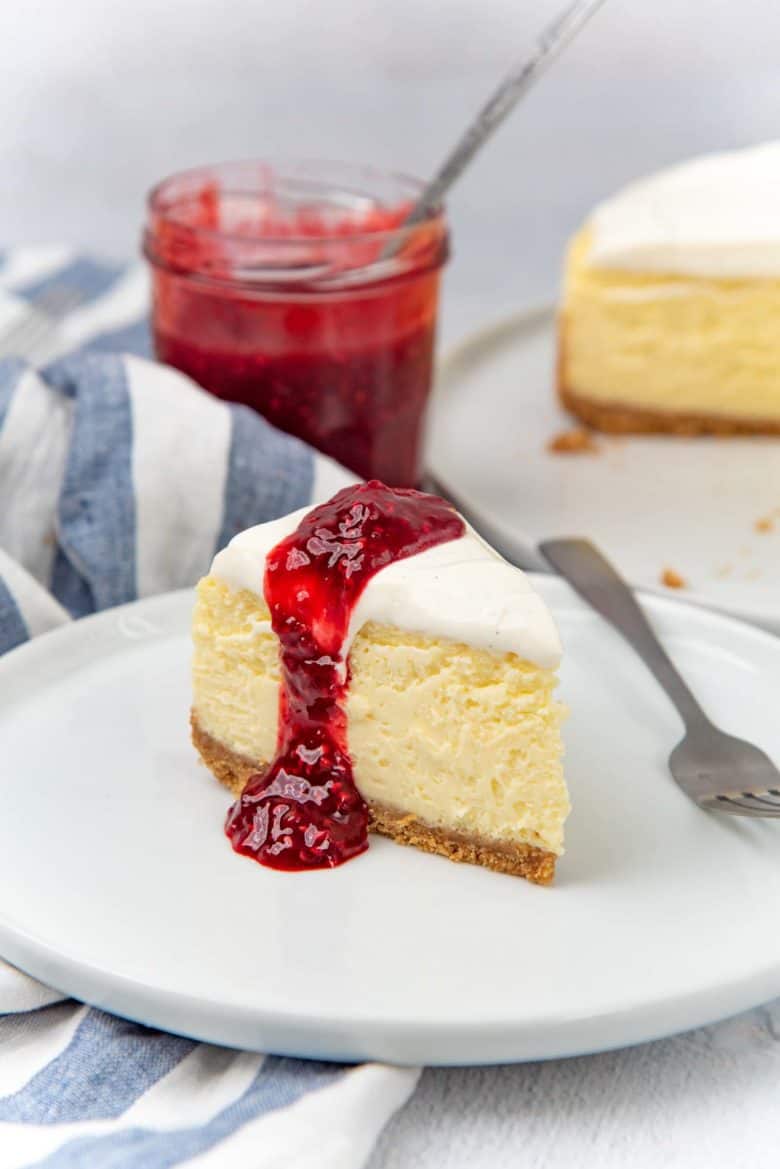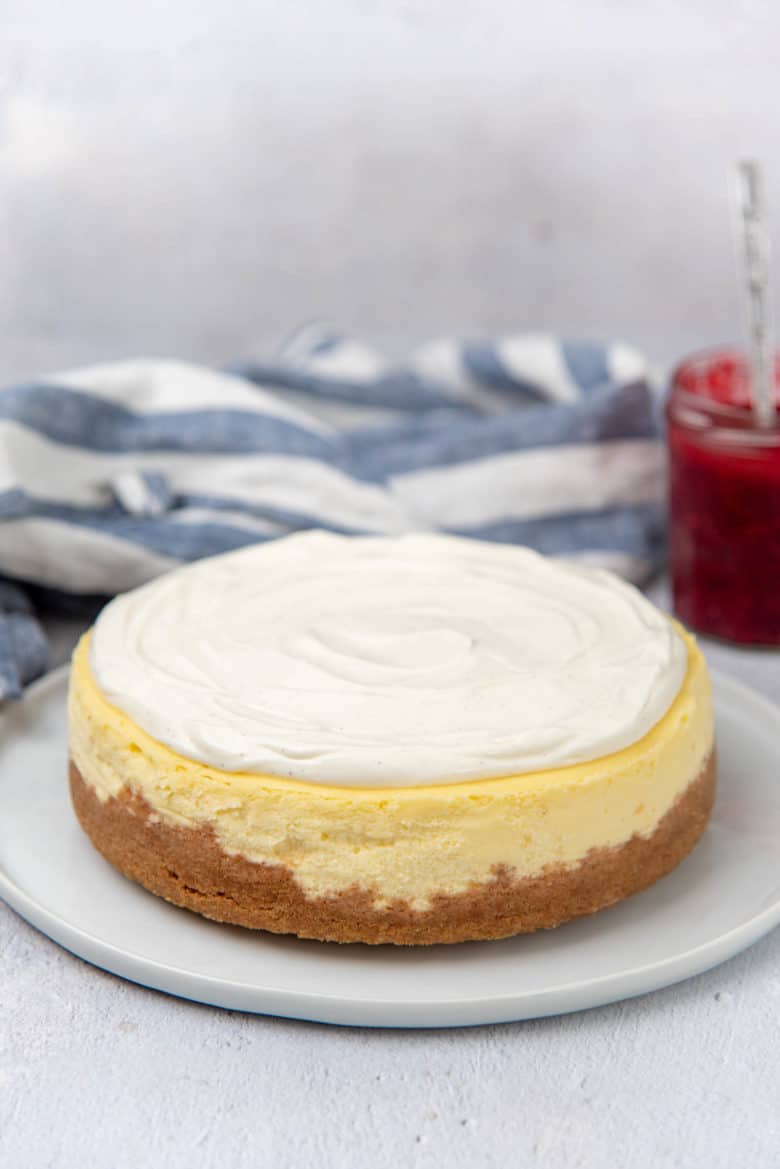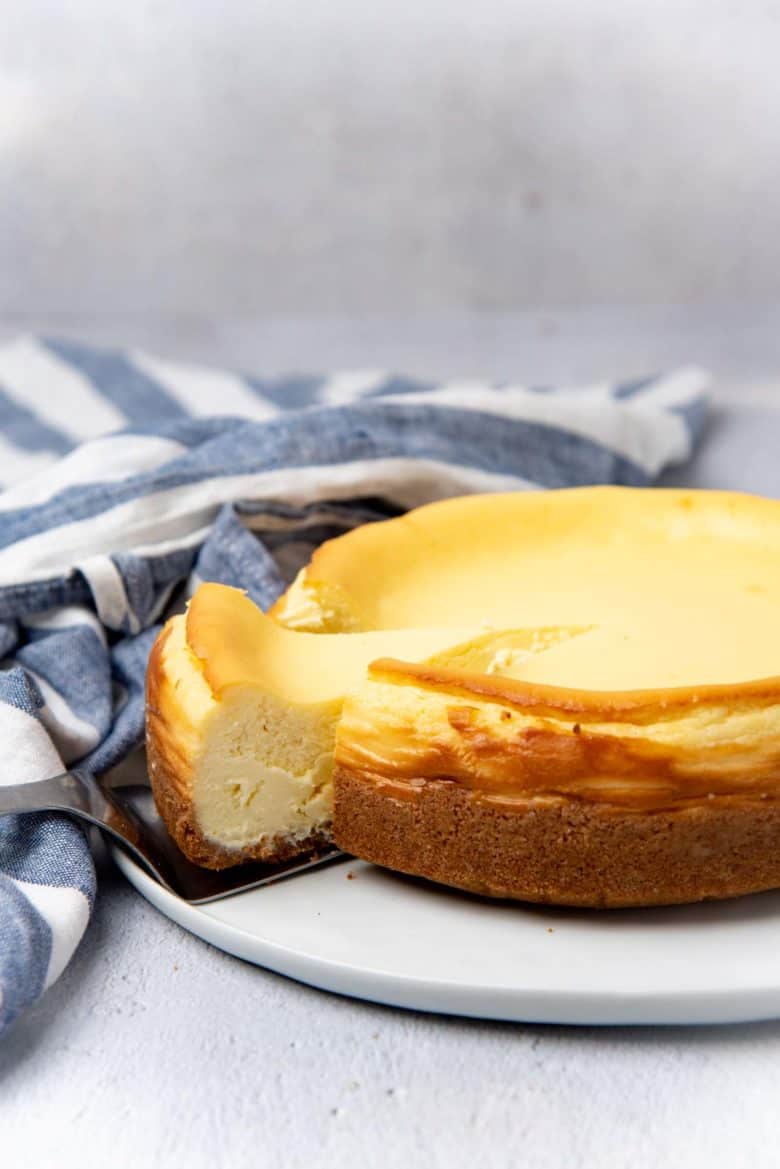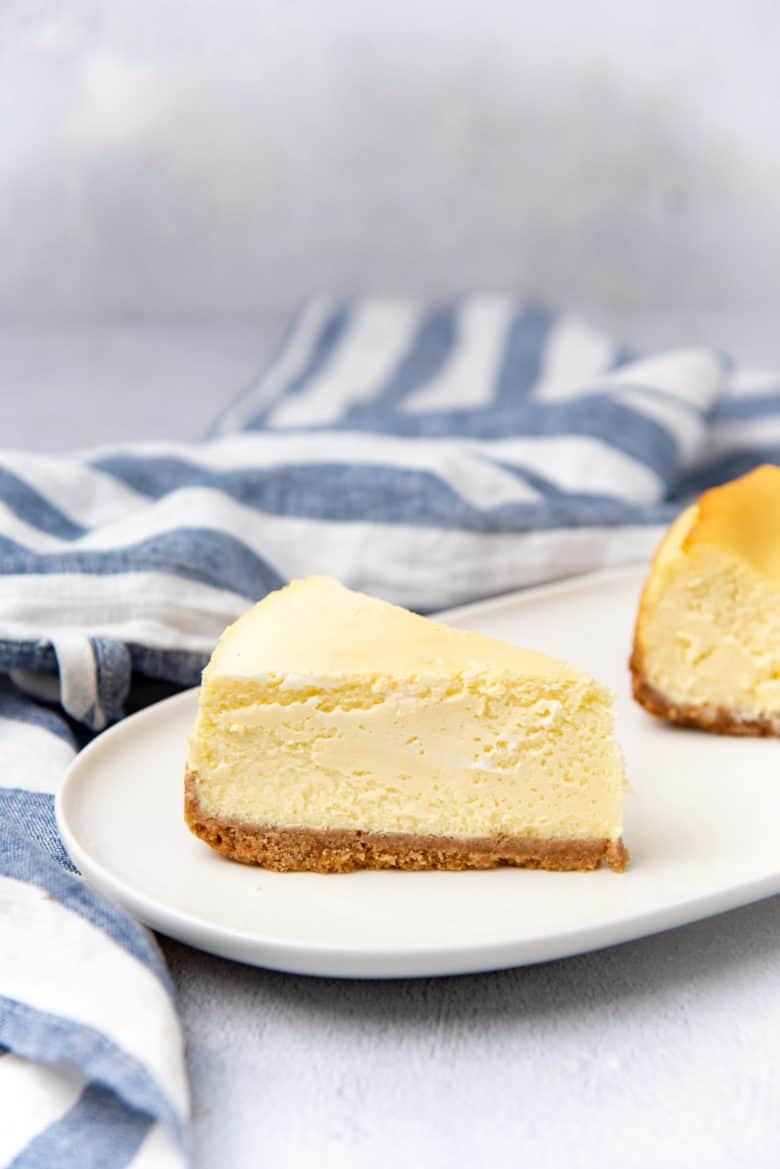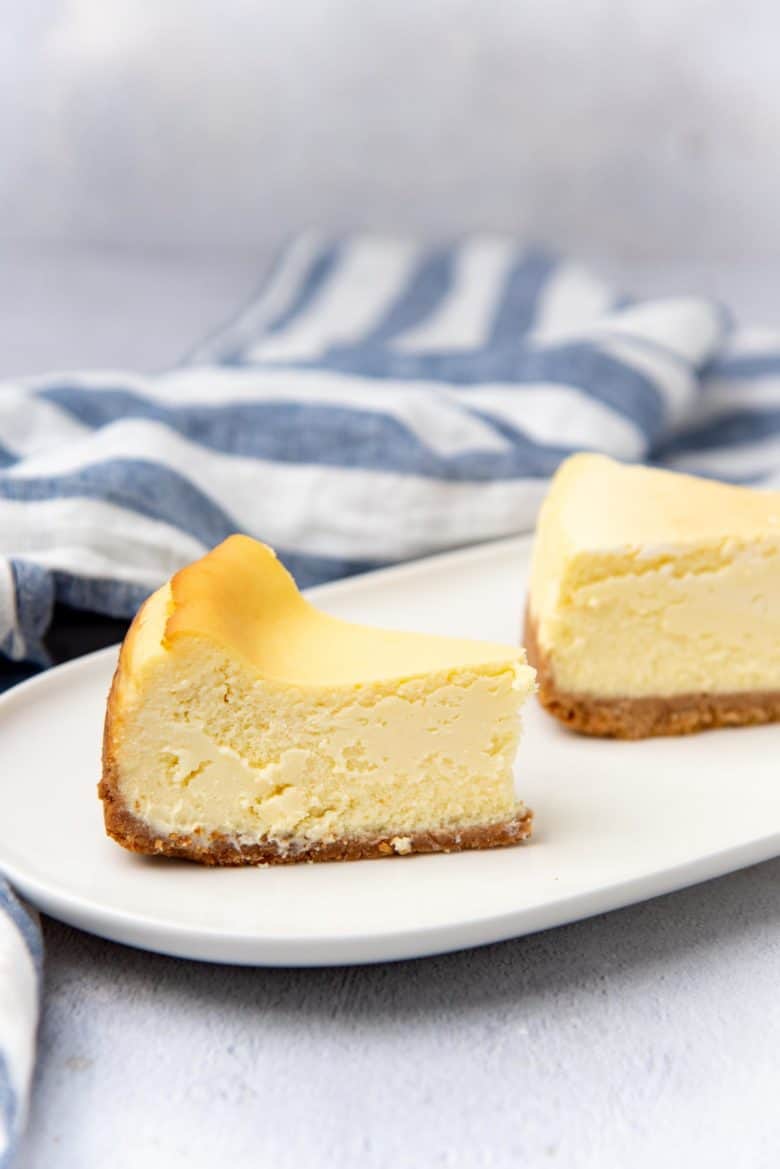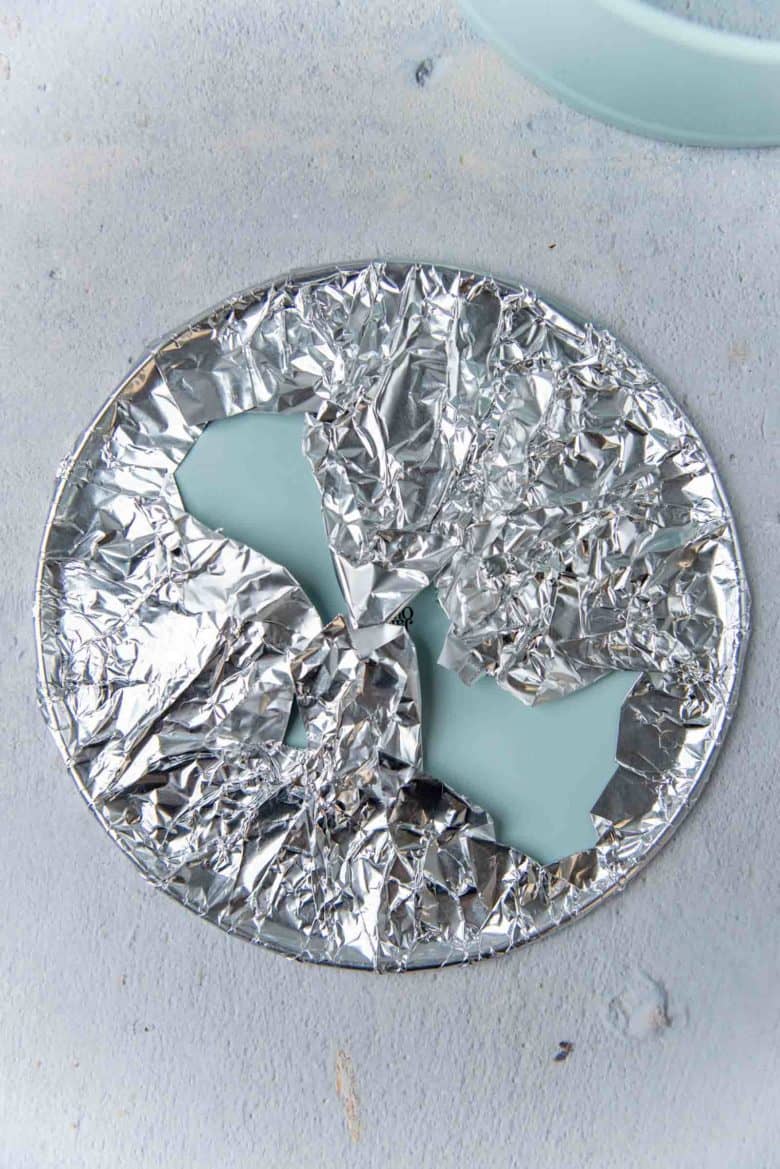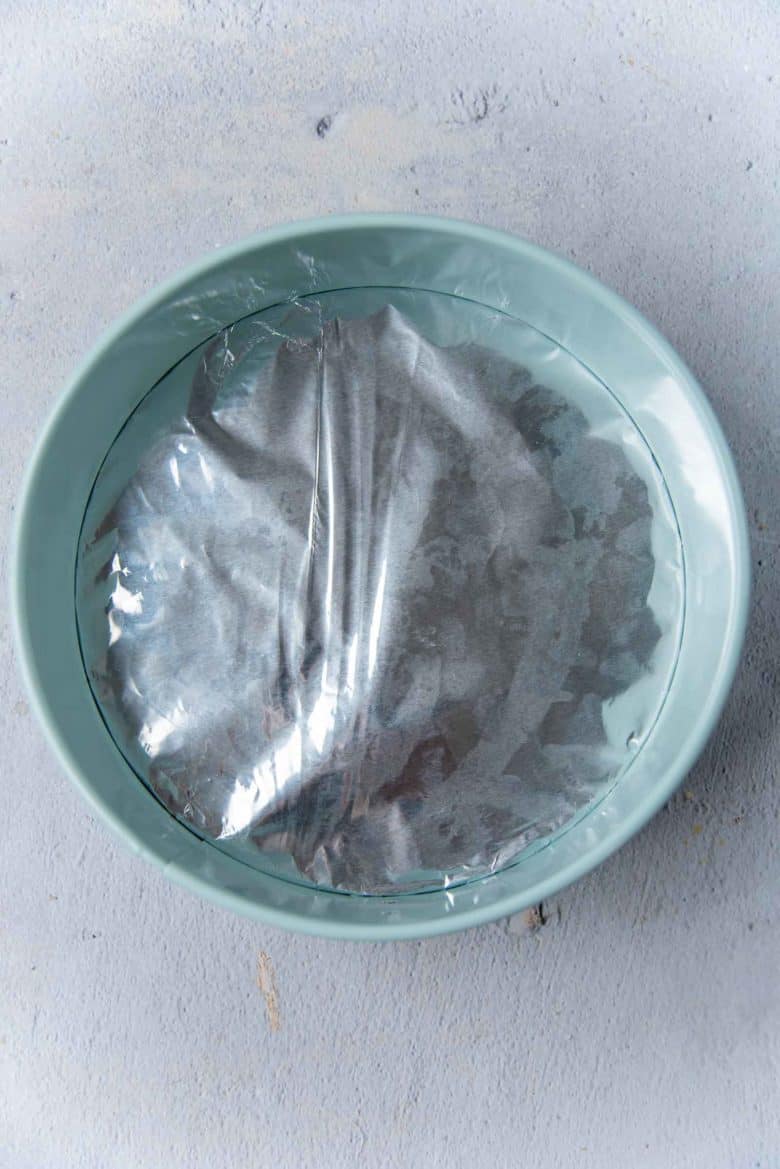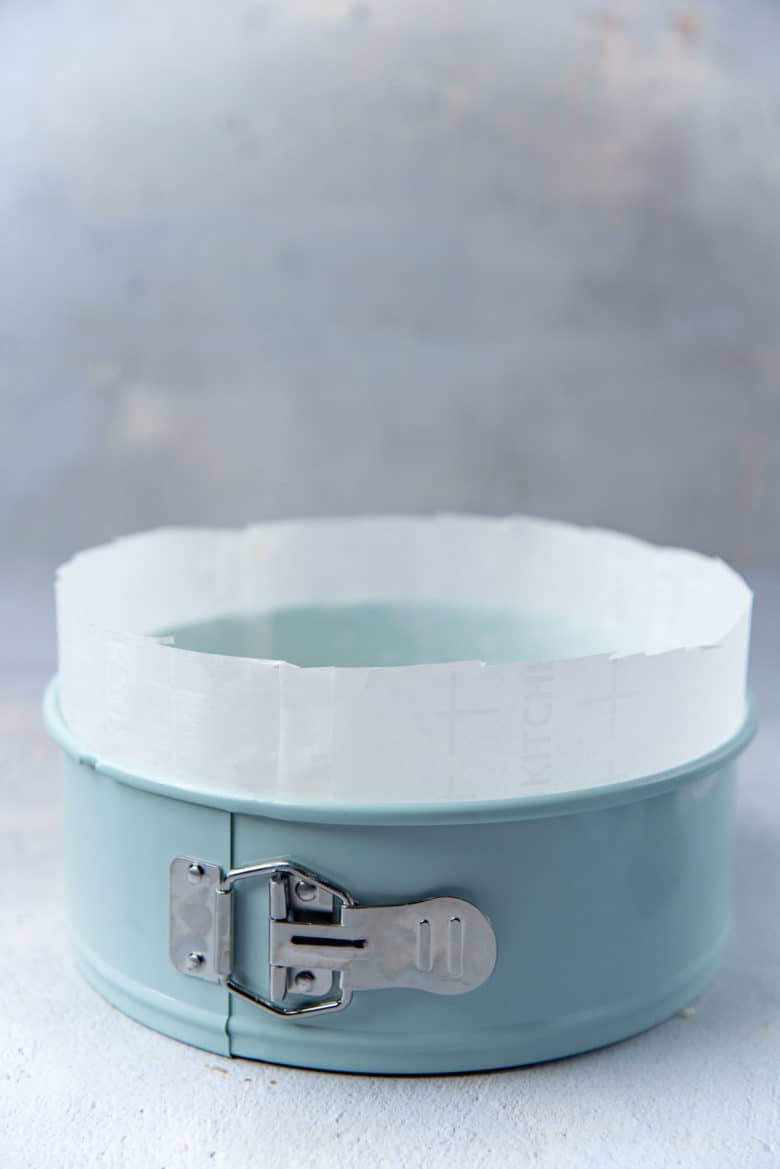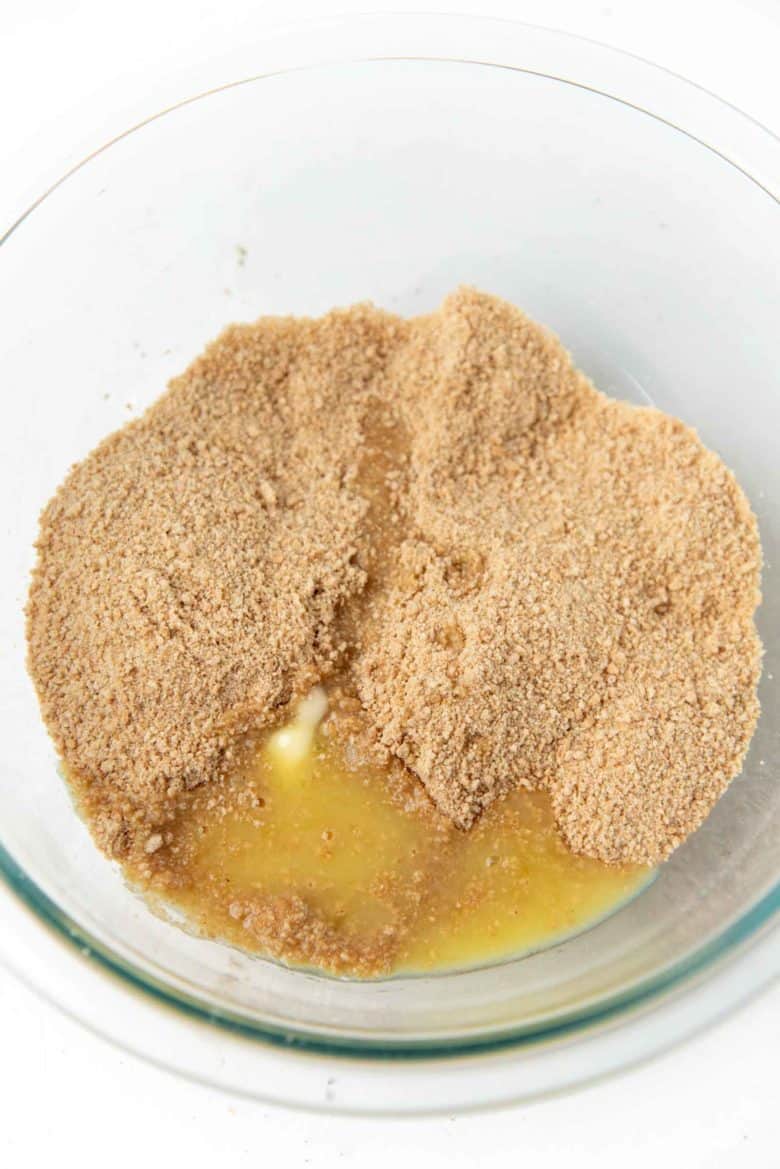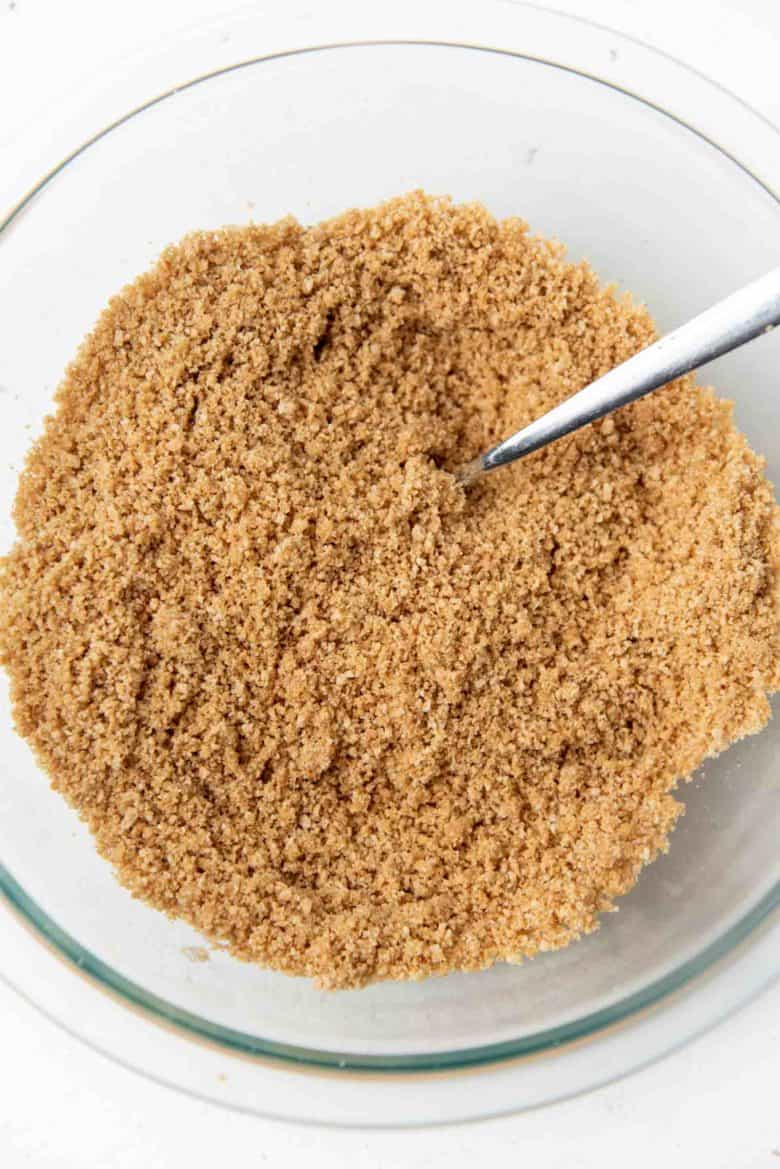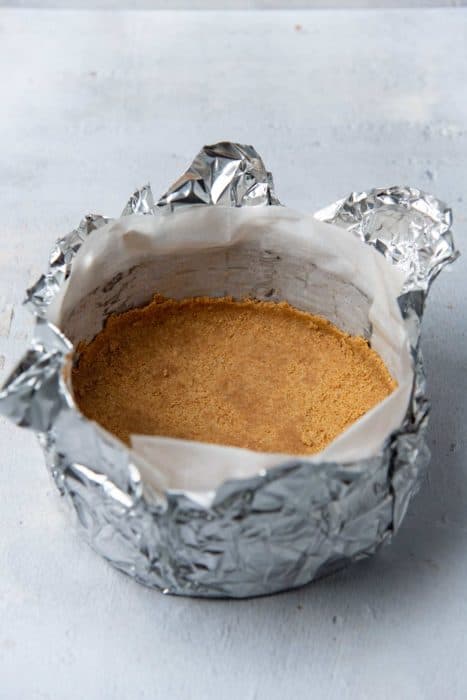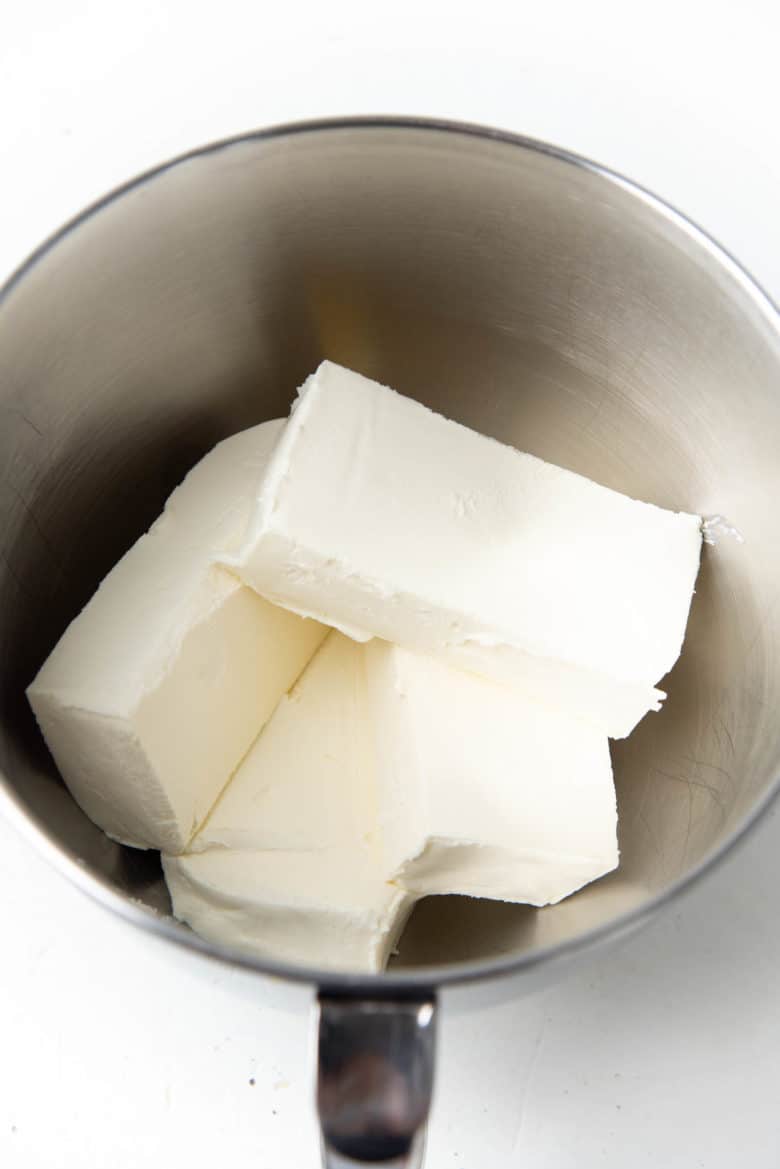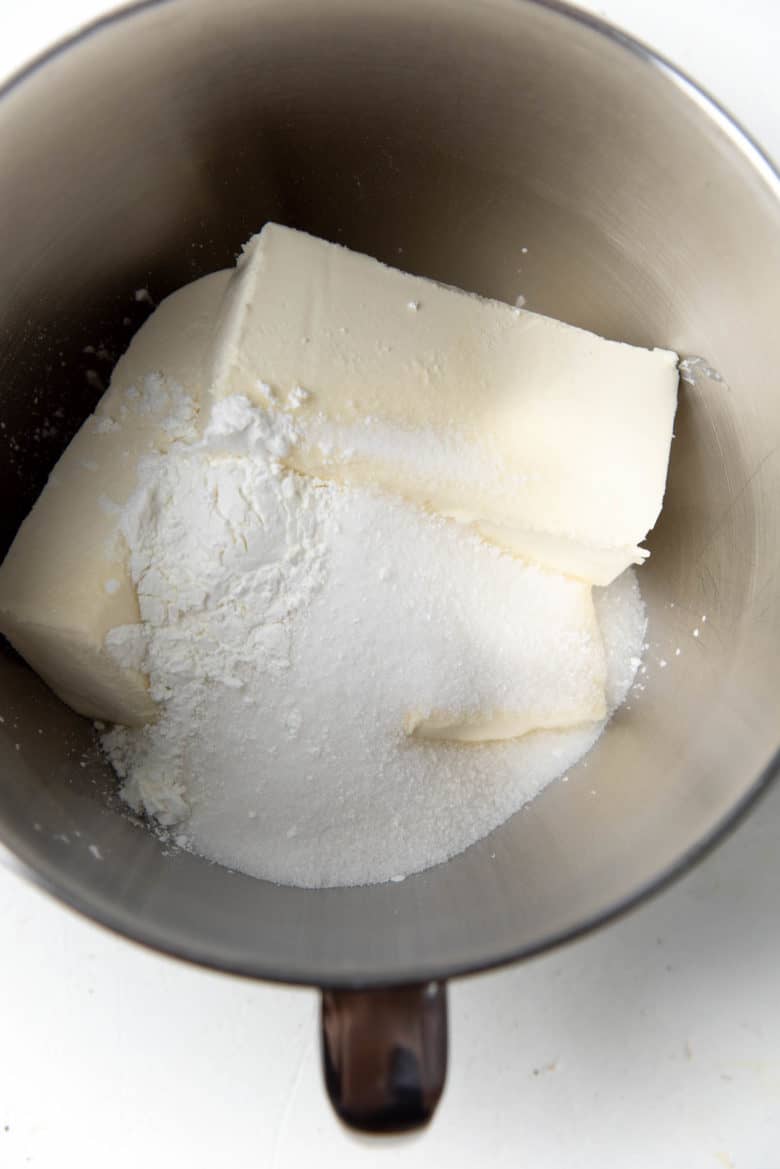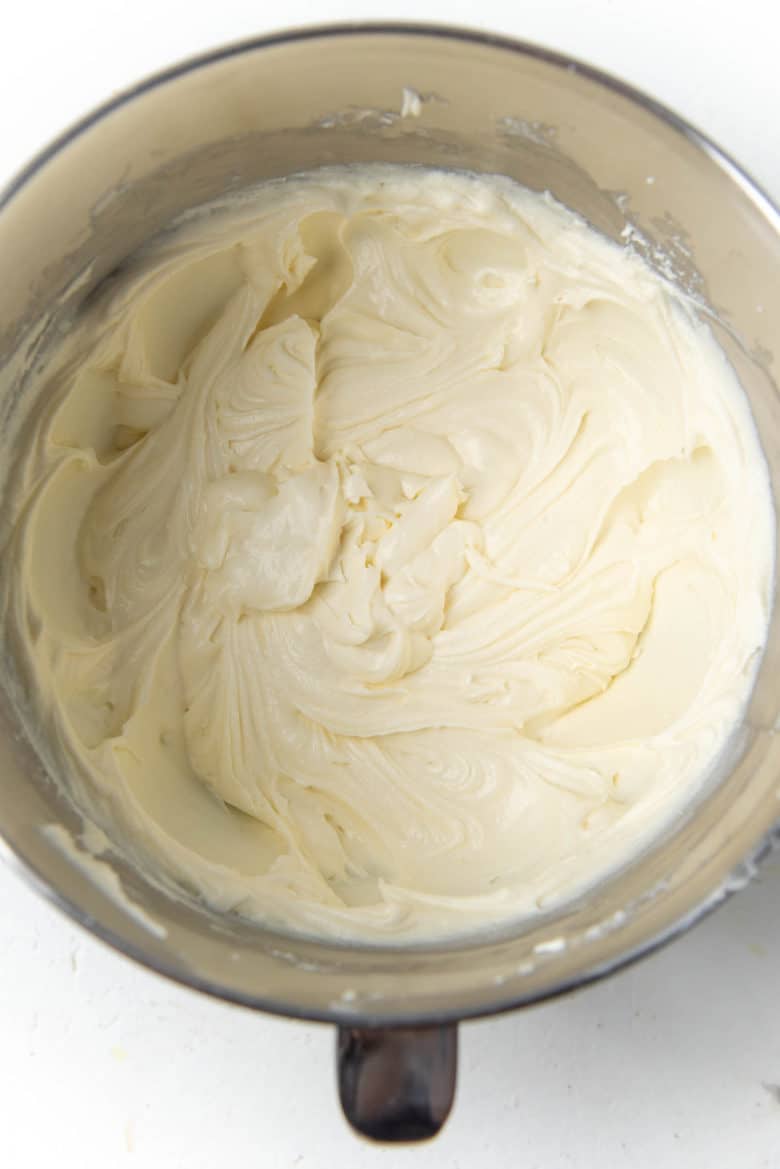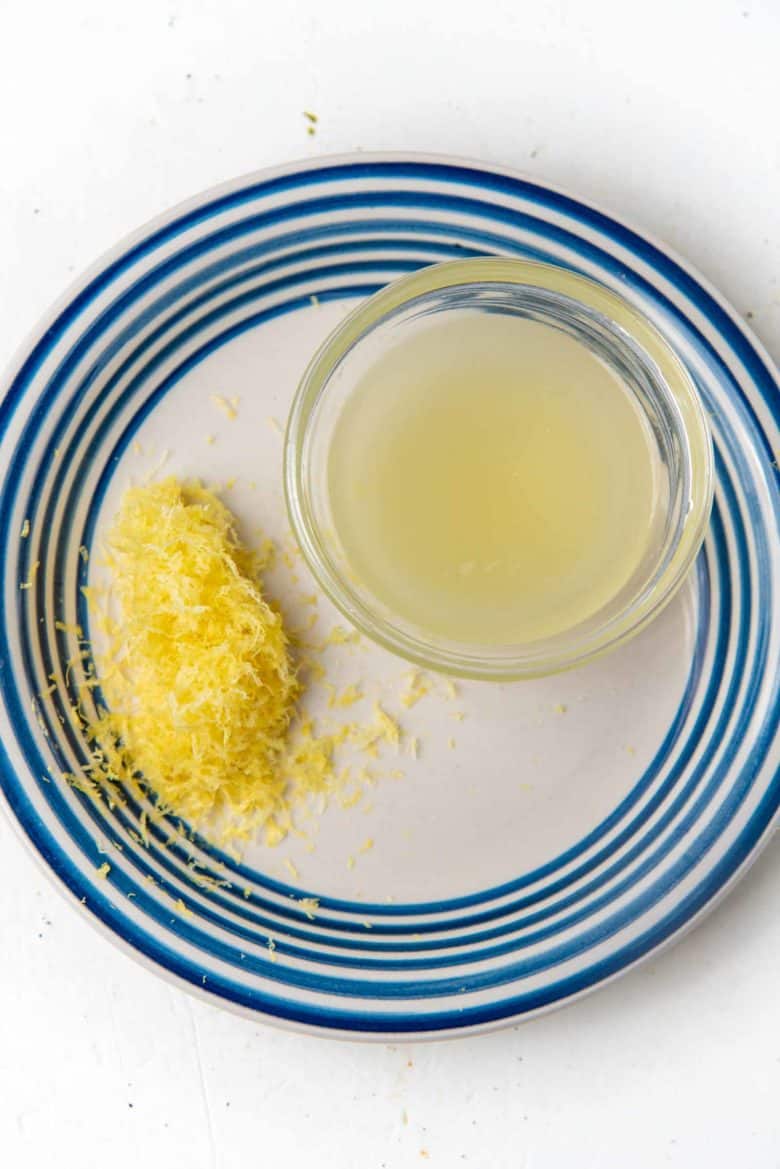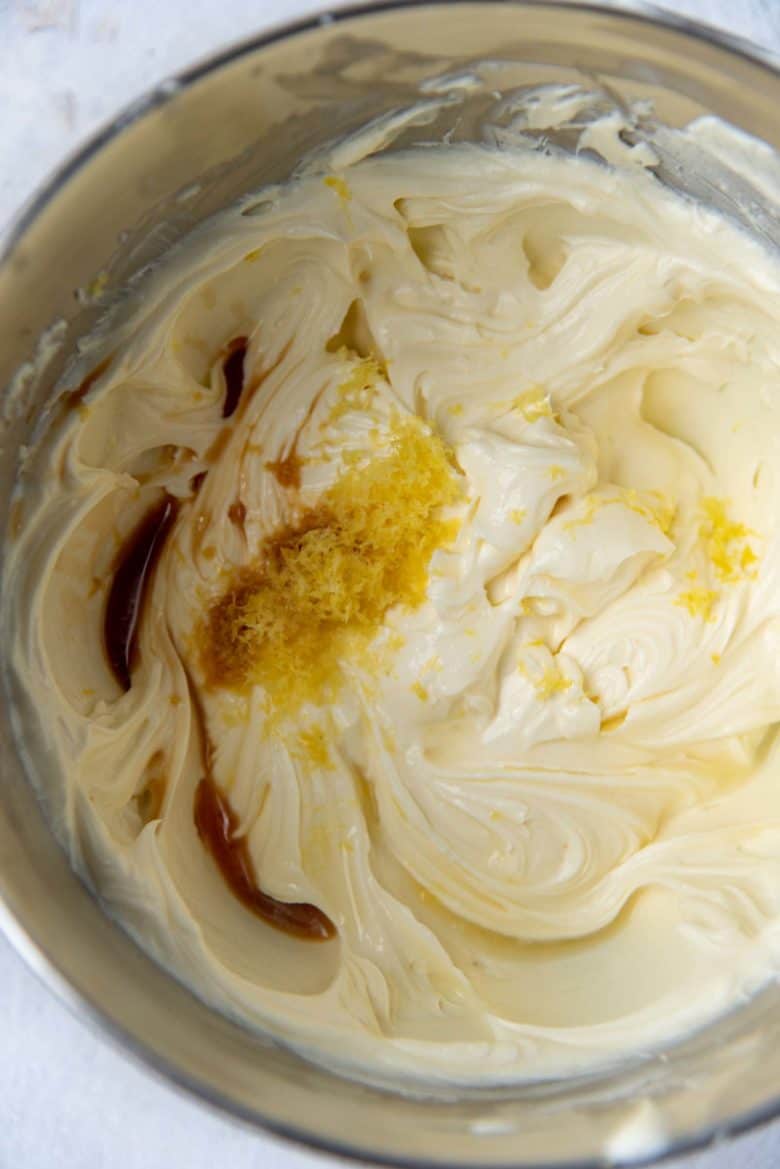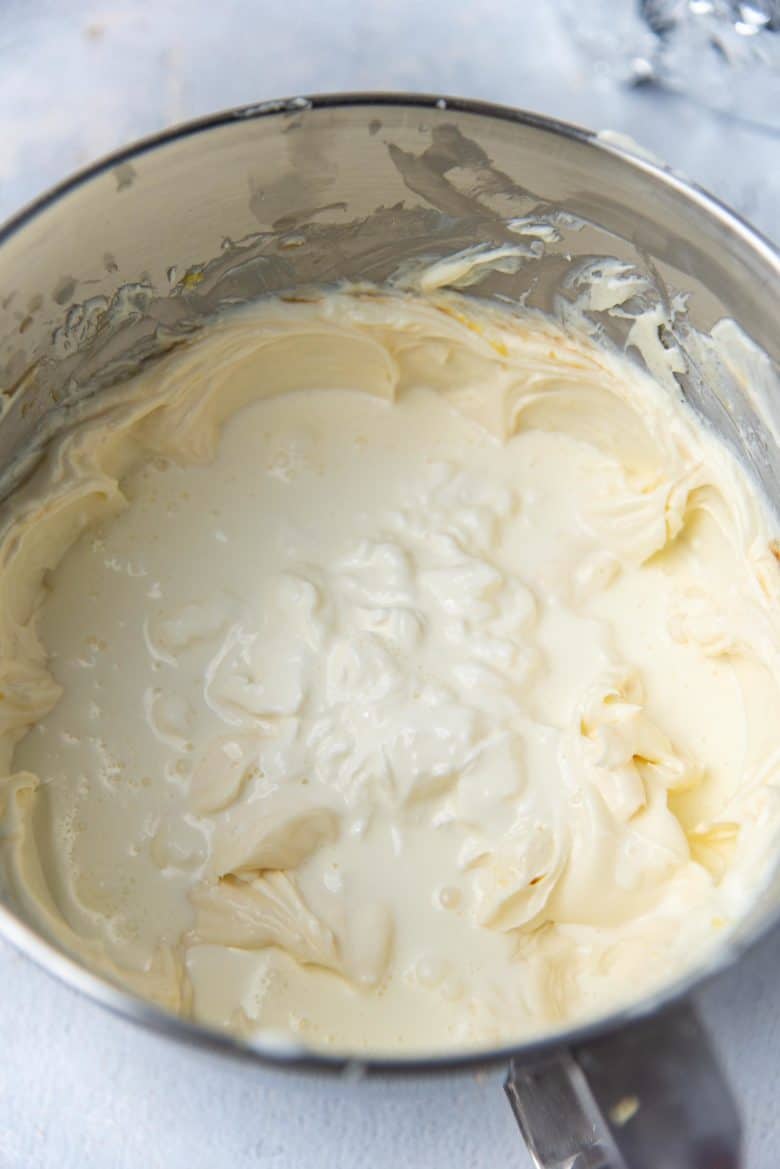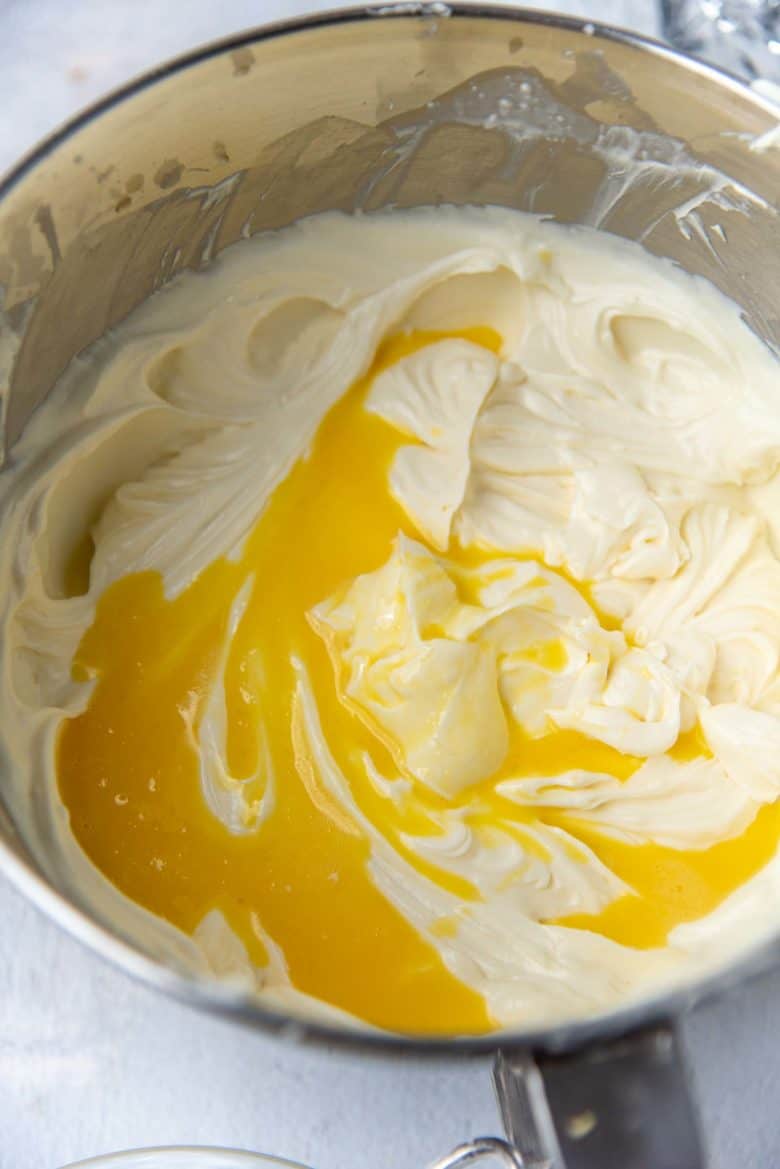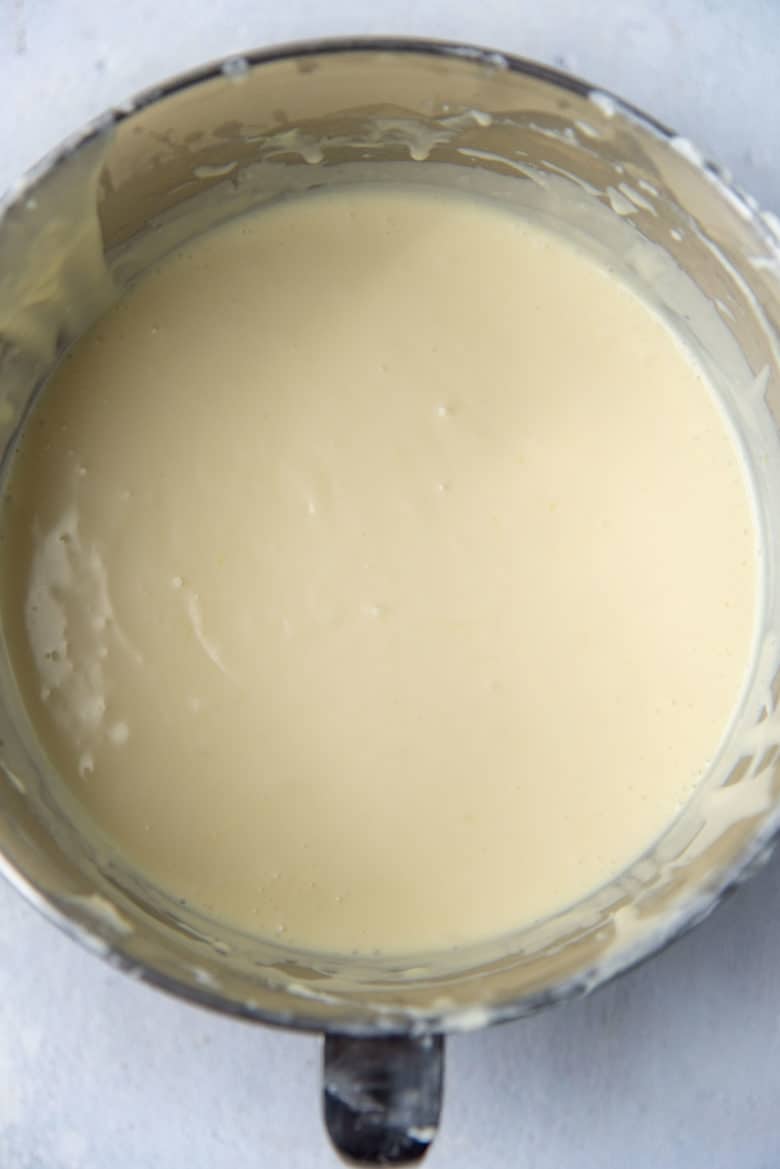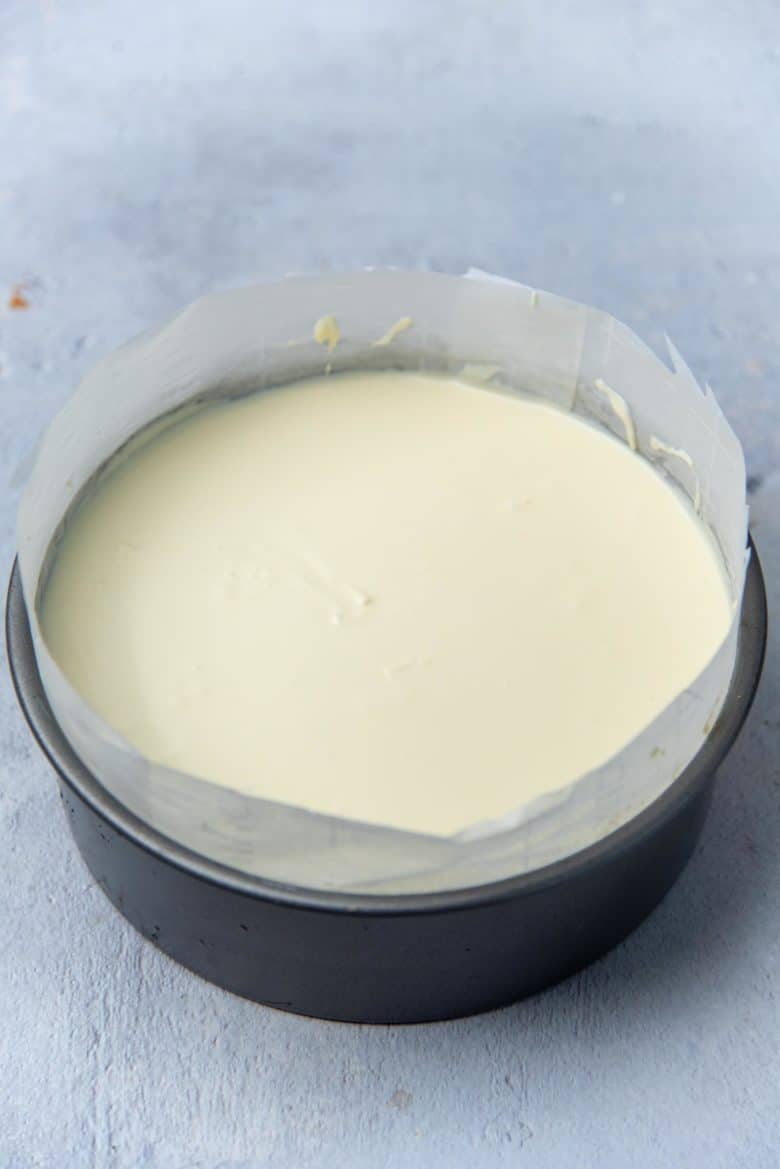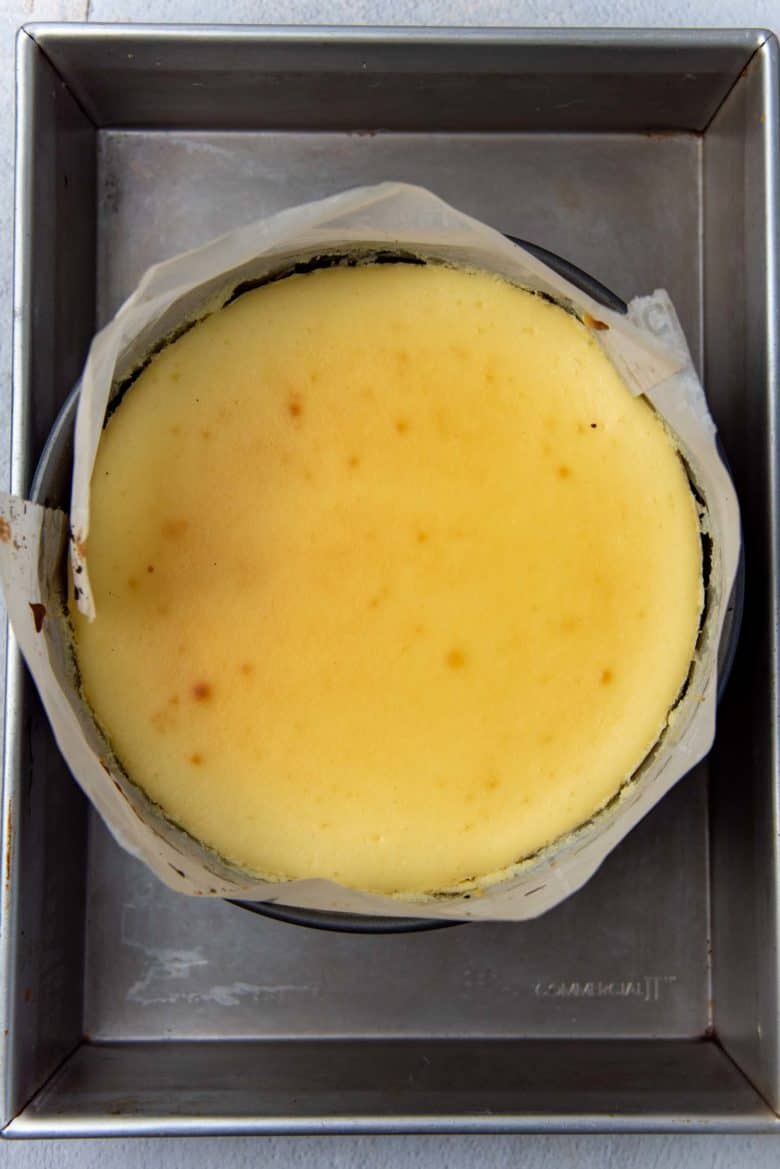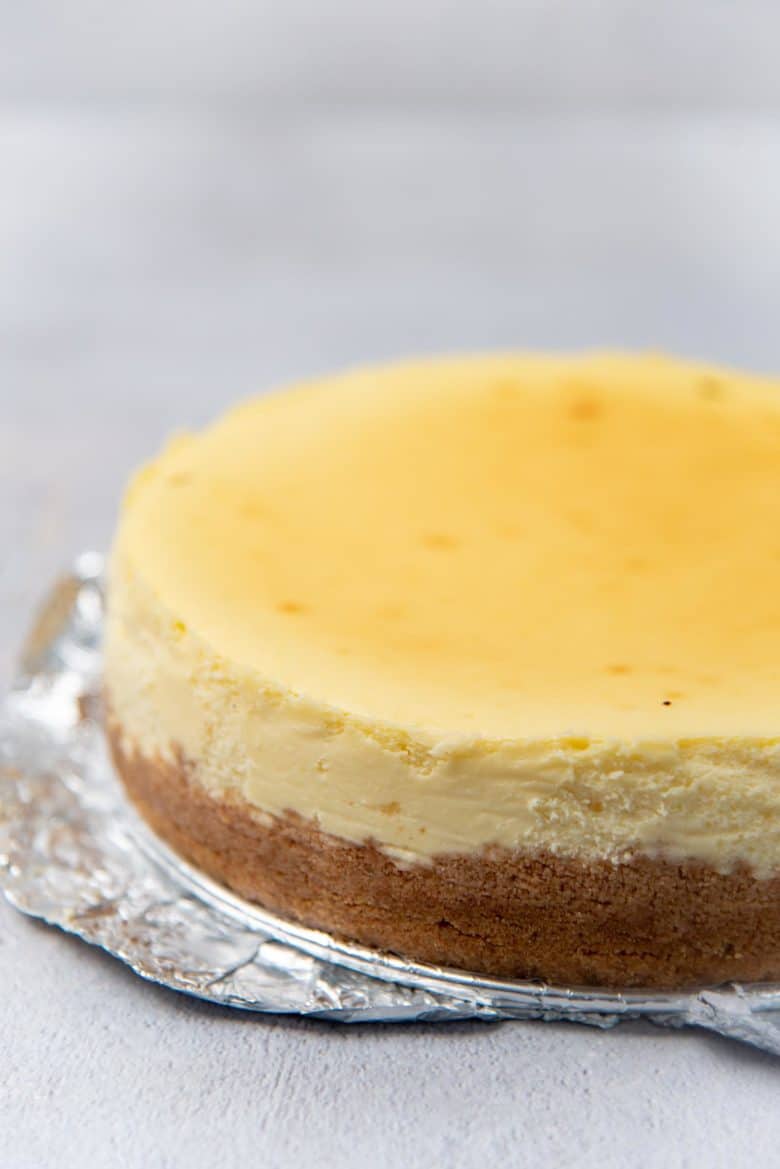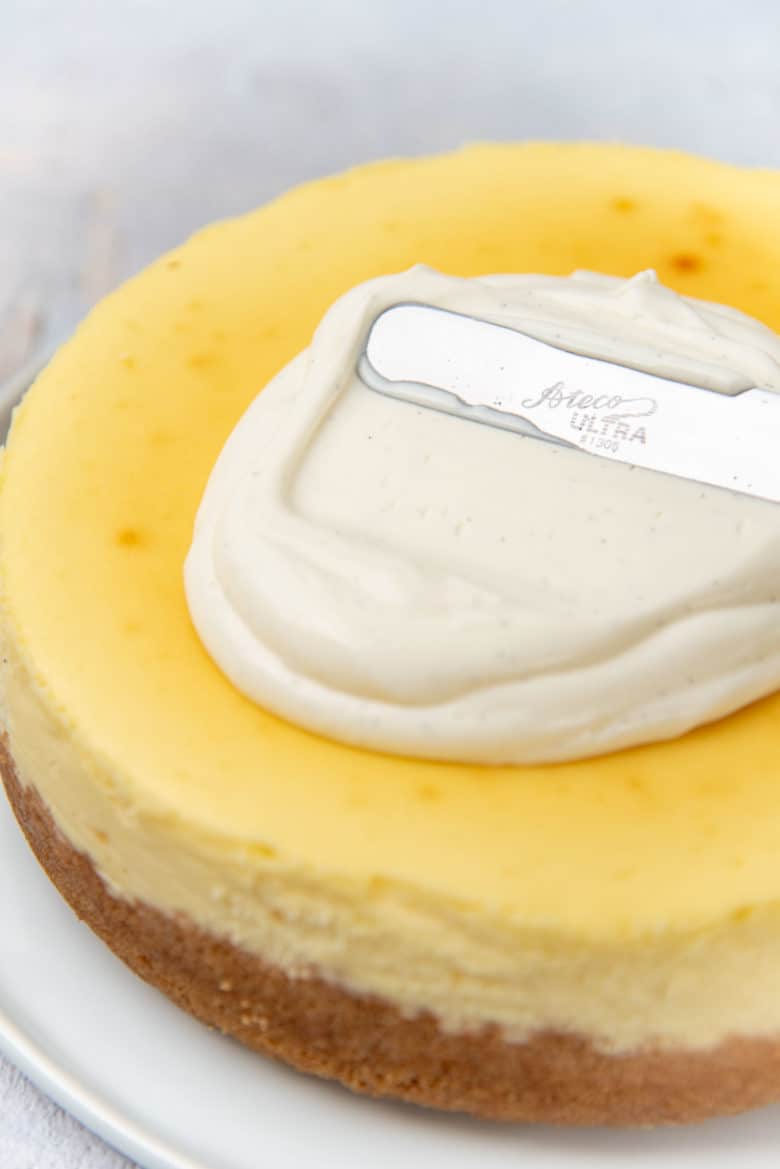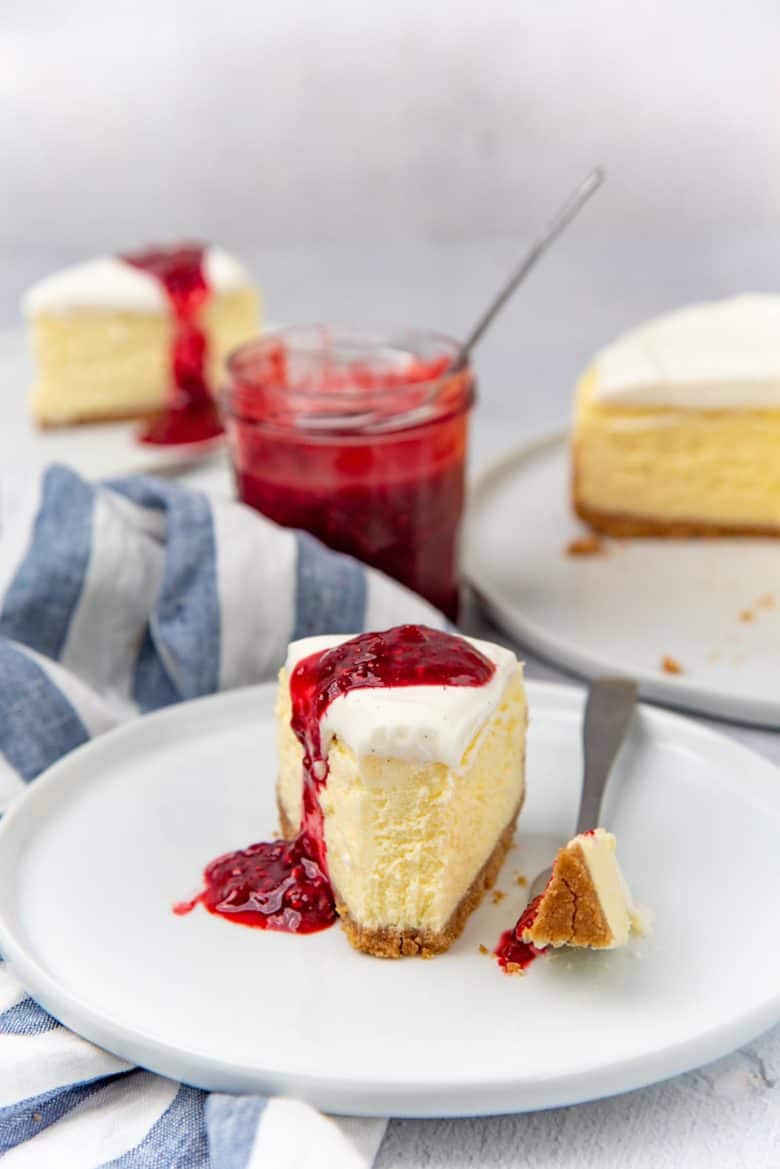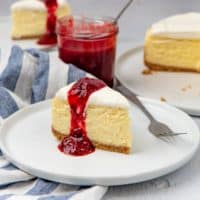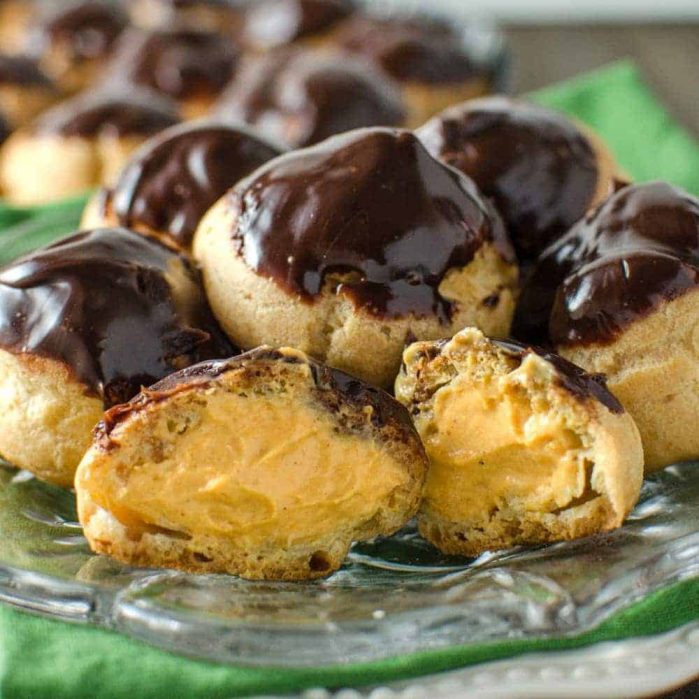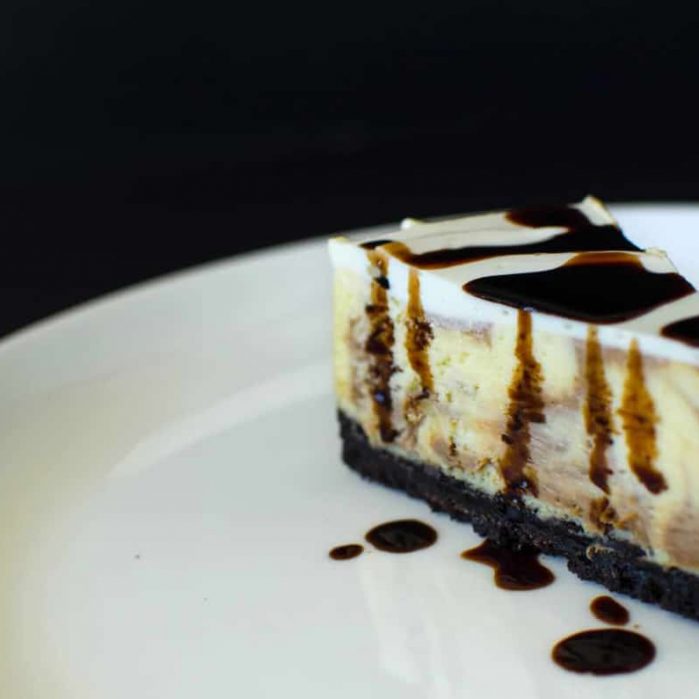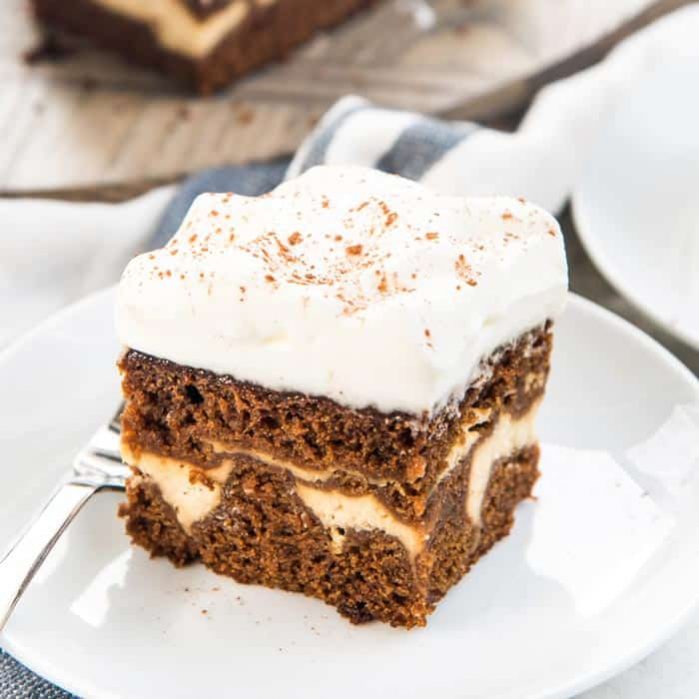This guide will help you perfect your cheesecake, and NEVER worry about cracks again!
I loooove cheesecake. So much so that my Secret Layer Cakes cookbook features 28 inventive, flavor-bending cheesecake recipes. Like this cookie monster cheesecake for example! My favorite cheesecake was a chocolate swirled cheesecake that I used to eat during my university years in New Zealand. I realized my part time job couldn’t fund my cheesecake obsession, so I taught myself how to bake the perfect cheesecake.
After years of baking cheesecake, and experiencing numerous failures (and successes!), I’m going to share one of my favorite cheesecake recipes – a New York Cheesecake, with all the tips and tricks to get PERFECT results, every time!
What causes cracks in a cheesecake?
The most common problem when making cheesecake, be it New York Cheesecake or any other type, is cracks on the surface. These are caused by,
Too much air in the batter
With too much air in the batter, the cheesecake expands too much during baking, and crack as it deflates. This is why you must be careful during the mixing phase. To ensure a creamy, well-mixed batter, instead of an overmixed batter. There are a couple of ways to reduce the amount of air in the batter before you bake the cheesecake.
Rapid temperature changes
This could be another reason for cracks in your cheesecake. This happens if the cheesecake is heated too quickly at a high temperature. The high temperature causes the cheesecake to expand quickly, which then leads to cracks as the cheesecake cools and deflates. This is why most cheesecakes are baked in a water bath (except basque cheesecake). The water bath helps regulate the temperature of the cheesecake as it bakes, making sure the cheesecake bakes slowly and evenly. But I also love cheesecakes baked without a water bath as well! This creates caramelization on the outside, and a more dense texture which I really love. If you knock out as much of the air as possible, the risk of cracks on the surface of the cheesecake is quite minimal. However the cheesecake will collapse slightly in the center as it cools. Another trick is to add a starch that will help prevent cracking. The starch can be flour or cornstarch. I add cornstarch to my New York Cheesecake, but you can easily substitute this with flour. The starch molecules will absorb liquid and create a matrix, which will help buffer and maintain the texture of the New York cheesecake. This matrix provides some structural stability that keeps large cracks at bay.
How to bake a New York Cheesecake if I can’t find large foil?
Unfortunately, it can be hard to find a material that is heatproof, which will also wrap snugly around a cheesecake pan. I’ve tried baking a classic cheesecake with multiple smaller foil pieces, but the water will invariably get in and ruin the cheesecake. Parchment paper isn’t a good choice either because it doesn’t wrap around the cake pan snugly, and requires cotton twine to tie it securely. So you’ve got two choices;
Bake the cheesecake WITHOUT a water bath. Find a disposable pie tin/foil pan that the cheesecake pan will comfortably fit inside, and then mold the foil pan around the cake pan.
I prefer to bake cheesecake without a water bath. This way, the sides are baked a little more, creating a caramelized crust, and the center sinks in a little bit. The texture is more dense (compared to cheesecake baked in a water bath), which I personally love!
What to do if my cheesecake cracks on the surface?
Cracks on your cheesecake surface are not at all a sign of failure or a less-than-desirable result. It’s still a darn cheesecake after all, so it’s going to be deee-licious! 🙂 You can simply cover the surface with a topping, if you’d like to cover up the cracks. Sour cream topping, whipped cream topping, or even chocolate ganache will do the trick.
Ingredients needed to make a classic cheesecake
For the crust,
Graham crackers (or digestive biscuits) Melted butter Salt
For the cheesecake filling,
Cream cheese Cream and/or sour cream Sugar Eggs Lemon and vanilla
Graham crackers aren’t readily available outside of North America. So if you can’t find graham crackers, you can use digestive biscuits. I used to use chocolate thins when I lived in New Zealand, but Oreo cookies are also a great option (for a chocolate crust). I also like to use a combination of heavy cream and sour cream. The sour cream adds a lovely tanginess (along with the lemon). But you can also use plain heavy cream (or a combination of both).
Does New York Cheesecake have a topping?
Not necessarily. But nothing’s going to stop you from adding one if you’d like to! 🙂 So you can either leave the cheesecake plain on top, or top it with whatever you like. A few options are,
Sour cream topping Whipped cream Fruits
Step by step recipe to make New York Cheesecake (or any classic cheesecake recipe)
How to prep the cheesecake pan
Prep an 8 inch or 9 inch cheesecake pan. You can use either a springform pan or a loose bottom pan. Most cheesecake pans are about 3 inches in height. Wrap the bottom of the baking pan in a layer of foil. To do this, place the foil on a clean and flat surface, and place the cake pan bottom on it upside down. Fold the foil over the edge of the pan bottom (about 1 – 2 inches towards the middle), and cut the excess. Make sure the foil is stretched over the edge and neatly folded over. This step will help flatten the cake pan bottom for the cheesecake crust. This is an optional step, so you can skip it and continue on from the step below. Place the cake pan bottom in the cake pan (with or without foil). Make sure it’s secure and flat. Grease the pan, and line the bottom with parchment paper. I also prefer to cut strips of parchment paper and line the sides of the cheesecake pan. This will be helpful when removing the cheesecake from the pan, while ensuring smooth sides. The butter on the side of the pan will help stick the parchment paper to the pan.
Making the crust
Measure the graham crackers you’ll need for the crust. If you’d like to have a crusted side, you will need more graham crackers (up to double the amount). A New York cheesecake can be made either with just the bottom crust, or with a crust on the bottom and sides as well. To make things easier, you could also buy graham cracker crumbs that are ready to be used. OR you can buy graham crackers whole and crush them yourself. Use a food processor to pulse the cookies until they resemble bread crumbs. Instead of sugar, I prefer to add a little salt to the graham cracker crumbs, but you can leave that out if you like. Pour in the melted butter until you have a mix that still looks dry, but forms clumps when you squeeze it in your hands. Press the cookie crumbs into the bottom of the cake pan using a flat-bottomed glass (or something similar). Make sure the crust is pressed in well and evenly. I don’t like to create a crust that goes all the way up the sides, instead I bring the crust about 1 inch up the sides. This is also not necessary, but it does create a slightly crunchier final result. The cheesecake will come out just fine even without pre-baking the crust. It’s just that the crust will be a little more crumbly. Preheat the oven to 350 F / 180 C and bake the crust for about 10 minutes. This is all that’s needed if you choose to pre-bake the crust of your New York cheesecake. Then allow the pan to cool completely before adding the cheesecake batter.
How to prepare the cake pan to bake a cheesecake
One of the major issues that comes with baking cheesecake is keeping the water bath from leaking into the cake pan. So it’s crucial to line the cheesecake pan with foil on the outside. To do this, you will need to use heavy duty foil, or any type of sturdy piece of foil that has a width of at least 16 – 18 inches. That’s because you need to wrap the entire cake pan with one piece of foil. Avoid using multiple pieces of foil that overlap to cover the base of the pan. This is simply not going to keep the water out. Place the cake pan in the middle of the piece of foil, and cover the entire bottom and sides with it. Make sure NOT to tear or rip the foil. Fold and bunch up the excess foil near the top of the cheesecake pan as shown below. However, you also have the choice of baking your cheesecake WITHOUT a water bath.
How to make the cheesecake batter
Have all the ingredients to make your New York cheesecake measured, and roughly at room temperature. This is especially important for the cream cheese. Softened cream cheese will be easier to beat into a creamy mixture. First, place the cream cheese in the bowl, along with the cornstarch and sugar. Cream the ingredients together to make the cream cheese soft and creamy. Make sure to scrape the sides of the bowl so that the whole mix is creamy and well incorporated. You only need to cream the mixture until you get a smooth mix with no lumps. Whisk in the cream and/or sour cream. It is during this step of the recipe that the cheesecake batter will become airy. The eggs will incorporate air as they are beaten. There are a couple of things to remember when adding the eggs. You can choose either of these options, but just make sure you’re not overmixing the eggs. Always make sure that you’re scraping the sides and bottom of the bowl, so that no cream cheese is stuck to the bowl.
How to remove excess air from the batter
Knock the mixing bowl on a hard surface (like your kitchen counter). This will help any air bubbles rise to the top and escape the batter. Do this a few times to knock out as much air as possible. Once you pour the cheesecake batter into the prepared pan, knock or slap the surface of the batter with the back of a spoon. This will also help air bubbles escape. But don’t knock the cake pan on a surface though, because this might cause the crust on the bottom to crack. Knocking out as much air in the batter is very important. This reduces the chances of cracks in your New York cheesecake.
Baking the New York Cheesecake
To create the water bath, you will need a large baking pan that will easily fit the cake pan inside. Place the cheesecake filled, and foil wrapped cheesecake pan inside the large baking pan, and then place it in the oven. Fill the large baking pan with very hot water (or boiled water), until it comes about halfway up the sides of the cheesecake pan. Bake in the preheated oven. The cheesecake is done when the edges are set, but the middle is slightly jiggly. Because the cheesecake is baked in a water bath, the oven temperature will be higher. The oven heats up the water which gently bakes the cheesecake. Once baked, remove the New York cheesecake from the oven and let it sit in the water bath for a while to cool down slightly. Then remove the pan from the water bath and the foil, and let it cool down to room temperature. Then chill the cheesecake overnight in the fridge. When baking the cheesecake without a water bath, you’ll be baking it at a lower heat, and for longer. The cheesecake will also brown more. The edges will puff up as they bake, and the center will be slightly jiggly. The middle will collapse a little, and become firm as it cools down, creating a slightly sunken center (see photos in the post). Allow the cheesecake to cool to room temperature and then chill in the fridge, preferably overnight.
How to remove the cheesecake from the pan
If you lined the sides of the pan with parchment paper, then it’ll be very easy to remove the cake from the pan once chilled. Since the parchment paper will peel off the cheesecake easily, there shouldn’t be a problem with the cheesecake sticking to the pan. You can chill the cake, and then remove the cheesecake from the pan. If you baked the cheesecake without parchment paper, you will first need to loosen the cheesecake from the pan. To do this, run a thin, flexible knife or offset spatula along the edge of cake (while the cheesecake is still slightly warm but not hot) to loosen it from the pan. Then, very gently, unlock the springform pan to release the sides of the cheesecake. The cheesecake should be mostly cooled down, so it should still be able to hold its structure. Alternatively, you can chill the cheesecake first, and then run a warm, flexible knife or offset spatula along the edge of cake to loosen it from the pan. Then gently unlock the pan to loosen the cheesecake.
Serving suggestions for a classic New York Cheesecake
This New York Cheesecake needs no dressing up. It’s decadent and delicious as is. But you can just as easily top it with either sour cream, whipped cream, or fruits for an even fancier result! You can also serve it with fruit compotes, berry coulis, or fruit curds like lemon curd, passion fruit curd, or pineapple curd. Or for an even more decadent dessert, you can serve it with chocolate ganache, caramel sauce, or a sweet balsamic sauce. I prefer to serve this New York cheesecake with raspberry coulis, since the sour sweetness of berries is the perfect pairing with a classic cheesecake!
Why I love this recipe!
Cheesecake is a universally loved dessert. And it’s one of my absolute favorites too. It was that fondness that drove me to perfect this recipe. This classic cheesecake is super creamy and rich. I love the pairing of the creaminess, with a slight sourness and sweetness. That makes for an all around delicious dessert. Making a New York cheesecake may seem daunting, but this recipe guide is guaranteed to help you perfect this dessert! I have not only shared all the ways to minimize cracks, but also how to make a classic cheesecake WITHOUT a water bath as well.

